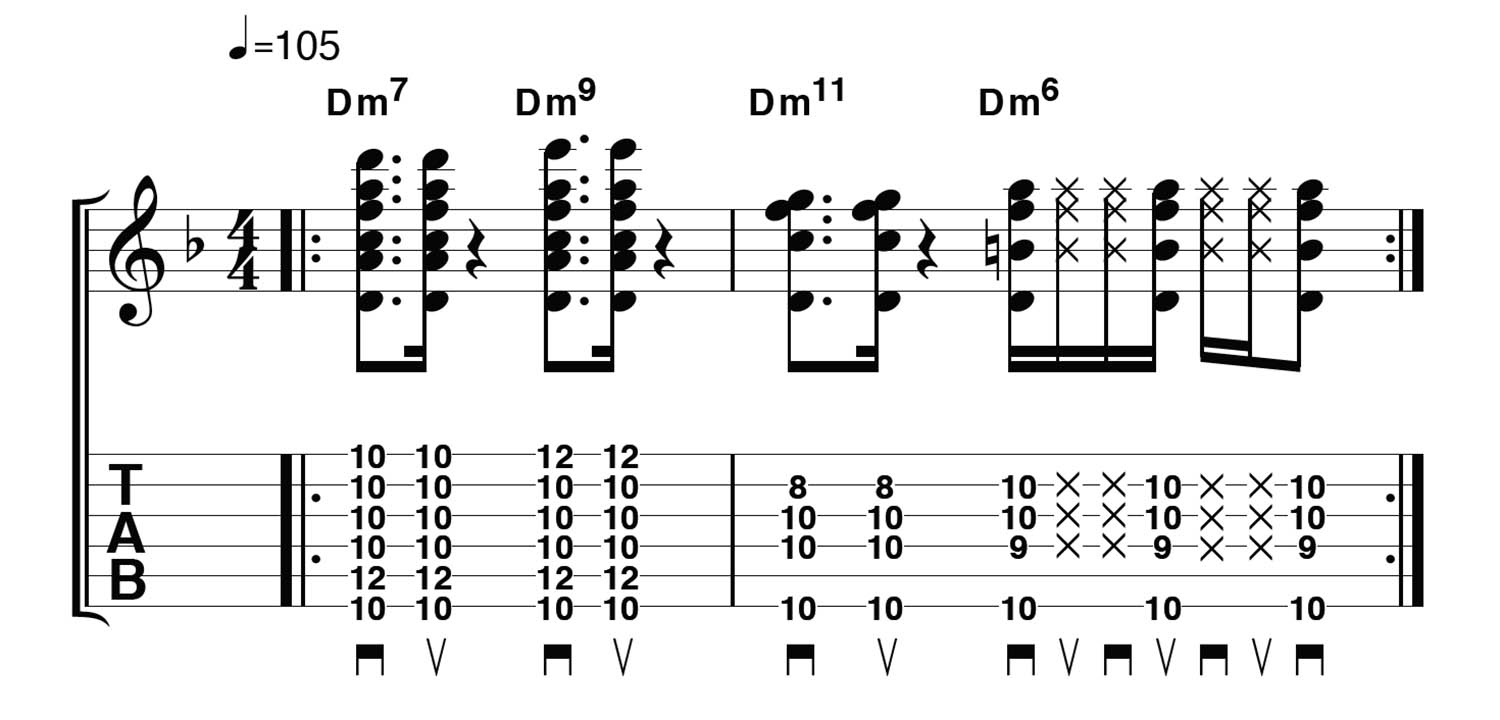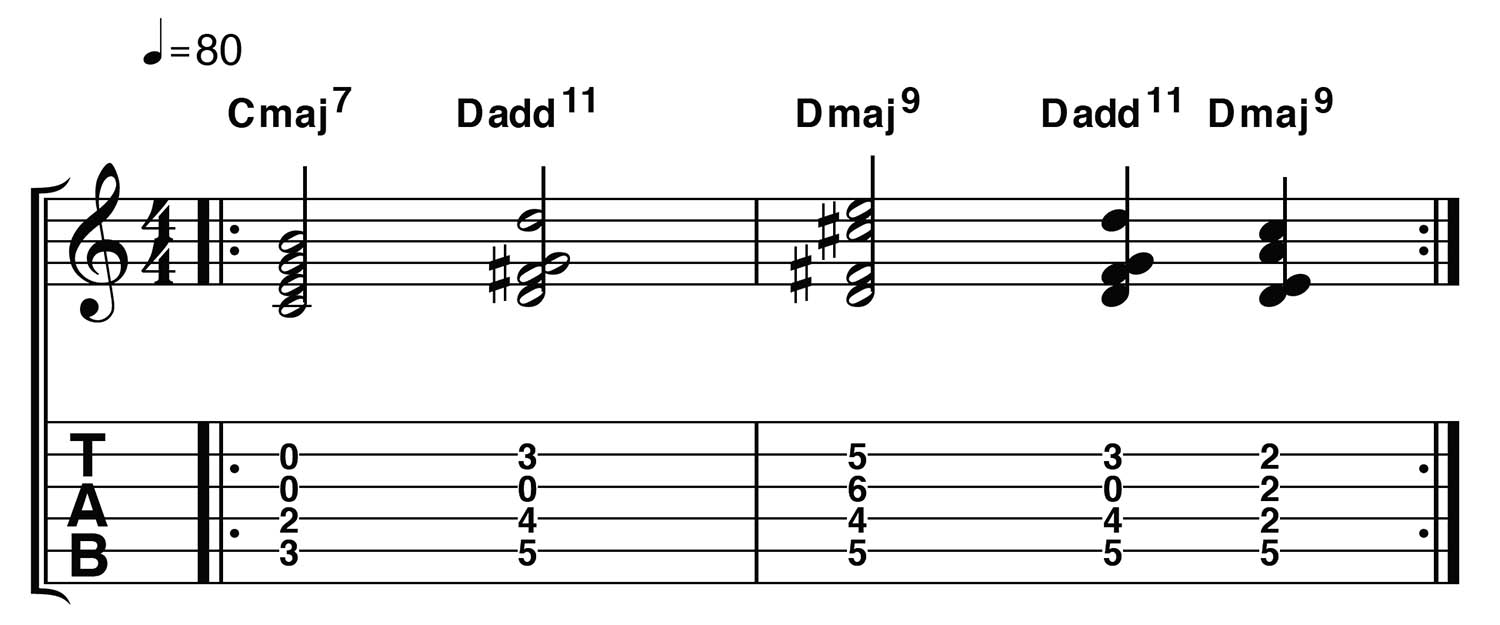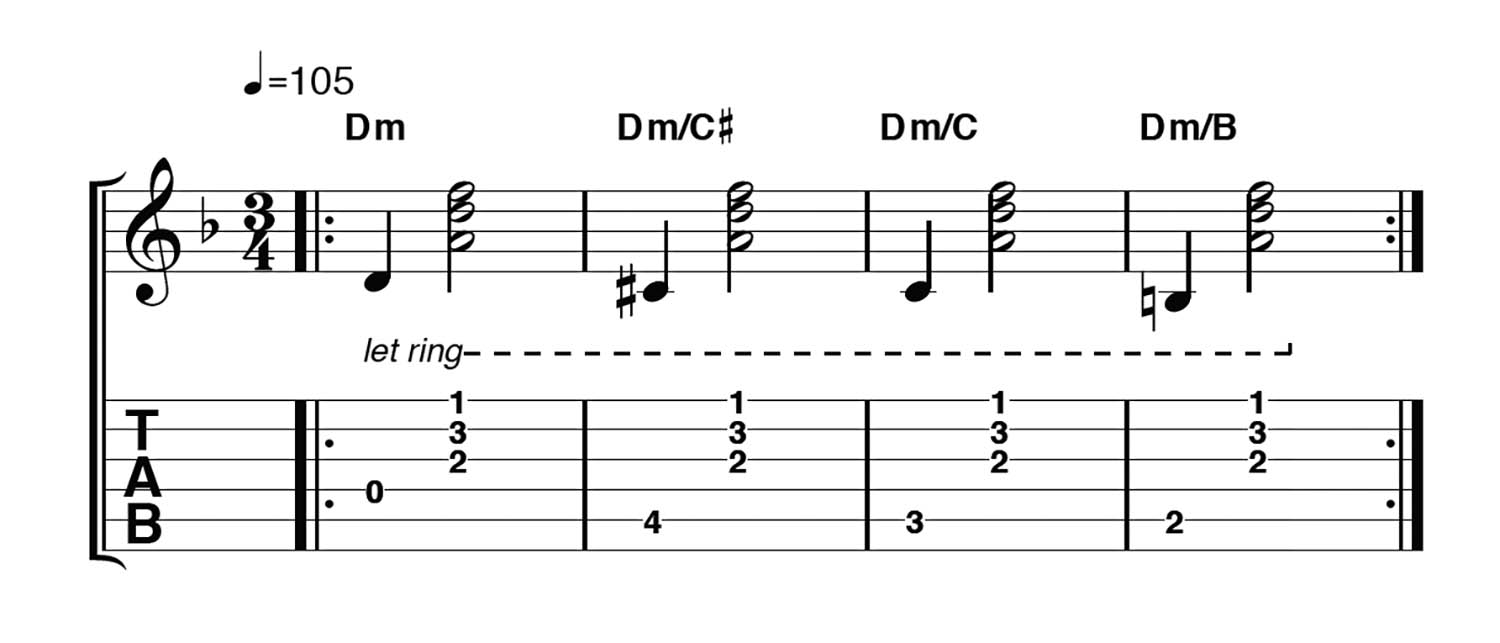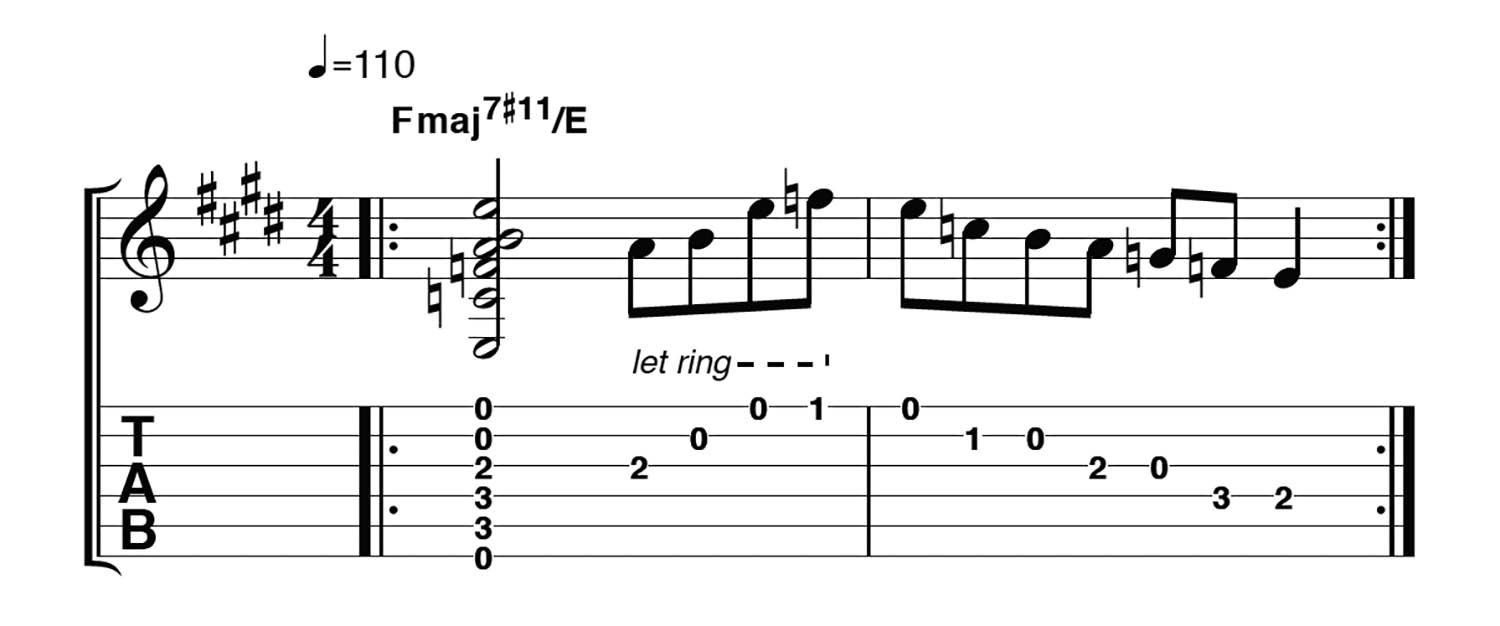
It’s an inescapable fact that most of our time playing guitar is spent on rhythm duties. So, whether you play in a band, write your own songs or just like to jam around some favourite tunes, you need to know a good number of chords.
The best way to get some new shapes under your belt is to get a feel for the character and mood of each chord – yes, we’re talking about emotions! Figuring out the ‘feeling’ of new chords is a shortcut to getting the sound in your head onto your guitar’s fretboard.
Each chord type has its own sound. So, for example, it’s possible to train your ear to identify the trademark mellow sound of major 7ths, the ambiguous ‘neither major nor minor’ vibe of suspended chords, and so on.
But there are other factors, too. Employ open strings for resonance and richness. Mute out a bass string to remove bottom-end muddiness. Get creative with arpeggios and bring new life to shapes that sound dissonant when played as chords.
Read on, then, as we look at some of the tricks of the trade and hopefully you’ll pick up a few new shapes to add to your arsenal along the way. Right, let’s get strumming!
Example 1. Get it sussed

We begin with the unresolved sound of the 7sus4 chord, here in an ambient progressive line. Keep your pick attack uniform so that the notes are the same volume.
Example 2. Added weight

Listen to the dissonant sound of the minor add9 chord in this metal riff. We're playing it here first on the low strings then as an arpeggio on the higher strings.
Example 3. Fusion run

There's a mellow but upbeat vibe to the dominant 11 chords here in our jazz-fusion line. Take care with the ‘pushed feel’, where the chords change before the downbeat.
Example 4. Mellow minor chords

This example shows how open strings can add richness and space to your sound as they ring out against fretted notes.
Example 5. Six, seven, nine, eleven

This line runs through four extended minor chords – so try to pick up on the mood of each one. These chords can bring colour to any progression.
Example 6. Mmm, nice!

Notice the relaxed maj7 and maj9 chords and the rich add11 sound. Make the second-string melody clear by emphasising this string with each pick stroke.
Example 7. Popular Folk

This acoustic folk-pop line uses open strings to create ‘clusters’ of notes for a piano-like effect. Try adding in a few sus2 or sus4 chords.
Example 8. Four fab chords

This Beatles-style part uses slash chords to create a bassline below a Dm. The Dm doesn’t change, but the bass notes do. Ingenious!
Example 9. Viva la guitarra!

The Latin-flavoured Fmaj7#11/E chord and the lick that follows come from the E Phrygian Dominant mode (E F G# A B C D).
Example 10. King of the chords

The clashing augmented chord is spot on for this modern take on a King Crimson-style riff. Although there are several offbeat chords, we’re downpicking throughout.







